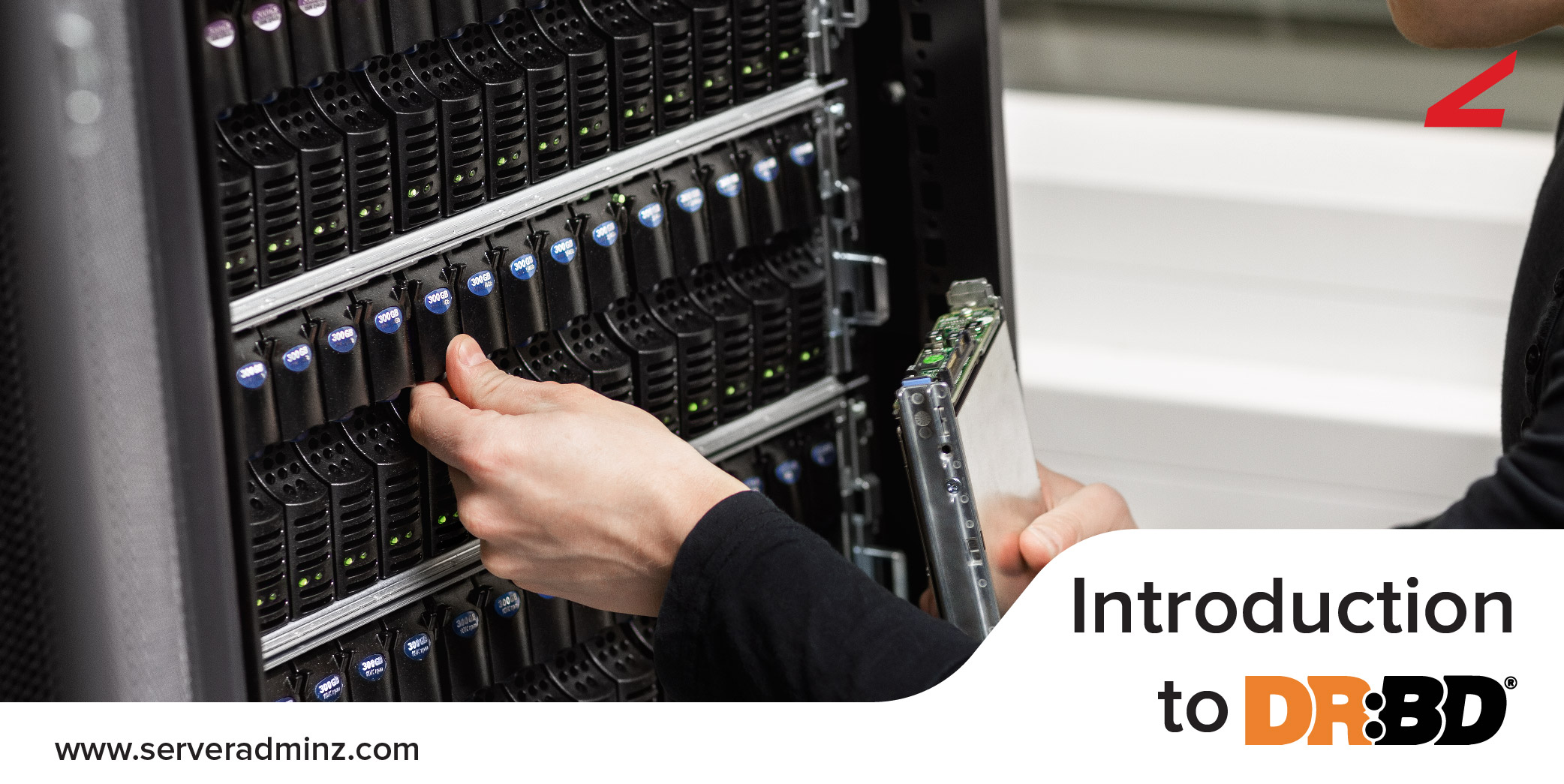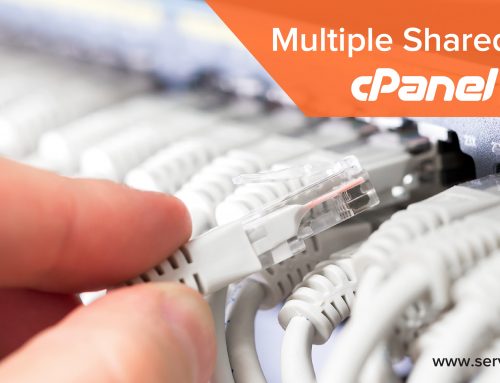Its called conveyed duplicated block device. It is an open source arrangement that gives a high availability, efficient, distributed stockpiling framework for bunch environment.
The replication is obvious to different applications on the host frameworks. Block gadgets, for example, hard disk, partitions, logical volumes, and so forth, can be reflected to frame high availability (HA) clusters.
Feature List
DRBD has matured into a system with a rich set of functionalities, they are as of below:
1. Supports shared-secret authentication
2. LVM (Logical Volume Manager) compatible
3. Supports heartbeat/pacemaker resource agent integration
4. Supports load balancing of reading requests
Components
drbd: It is a kernel module the core which actually does the work for us.
drbdadm: It is a userland managerial device. It peruses the configuration file and conjures the accompanying apparatuses with the expected parameters, to take care of business.
drbdsetup: It is a userland administrative tool that configures the drbd kernel module. Usually, direct invocation by the user is not required.
drbmeta: The userland managerial device controls the meta information structure. Generally, the coordinate invocation isn’t required.
Installation and configuration
I have taken two nodes running Ubuntu 14.04 LTS Server OS. The host IDs of the nodes are drbd-server1 and drbd-server2. We likewise accept both the nodes have two NICs the first is eth0 for the Service IP, which will be gotten to by outer utilization and overseen by the HA group specialist. The second NIC interface, i.e, eth1 is utilized for DRBD replication purposes. Designed IP addresses are 10.0.6.200 and 10.0.6.201, individually. Arranging the HA operator is past the extent of this article.
Step 01: Edit/etc/network/interfaces on drbd-server1 and add the following:
auto eth1
iface eth1 inet static
address 10.0.6.200
netmask 255.255.255.0
network 10.0.6.0
broadcast 10.0.6.255
Step 02: Edit /etc/hosts on both nodes and add the following:
10.0.6.200 drbd-server1
10.0.6.201 drbd-server2 and then Reboot.
Step 03: Install the DRBD package on both the nodes
sudo apt-get install drbd8-utils
Step 04: Check /etc/drbd.conf for the following two entries
include /etc/drbd.d/global_common.conf;
include /etc/drbd.d/*.res;
Step 05: /etc/drbd.d/global_common.conf on both the nodes
global {
usage-count yes;
}
common {
net {
protocol C;
}
}
Step 06: Edit /etc/drbd.d/r0.res on both the nodes
resource r0 {
device /dev/drbd1;
disk /dev/sdb1;
meta-disk /dev/sda2;
on drbd-server1 {
address 10.0.6.100:7789;
}
on drbd-server2 {
address 10.0.6.101:7789;
}
}
Step 07: Clear the meta-disk /dev/sda2 to avoid DRBD configuration
sudo dd if=/dev/zero of=/dev/sda2
Step 08: Creating meta data resoourses
sudo drbdadm create-md r0
Step 09: Enable the resources r0
sudo drbdadm up r0
Step 10: Check the drbd status
cat /proc/drbd
Step 11: Start the initial synchronization, server1 is primary and other is secondary
sudo drbdadm primary –force r0
Check the ongoing synchronization /proc/drbd.
” margin_top=”50px” margin_bottom=”” animation_type=”slide” animation_direction=”left” animation_speed=”0.3″ class=”” id=””]






Leave A Comment
You must be logged in to post a comment.